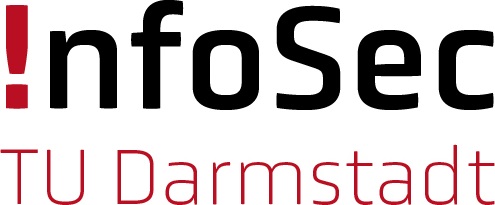How does a secure password look like? And how can you remember a good password? Below we have summarised the most important tips for you. For the secure handling of passwords and for further details, see the password guideline of TU Darmstadt (opens in new tab) .
With the new password policy, it will be necessary for you to change your TU-ID password once by April 30, 2022 and adapt it to the new standard. This is easily done in the IDM portal via the “Change password” link.
In order to make changing your password as unproblematic as possible, we have put together a number of helpful tips and hints for you in this handout (opens in new tab) .
At a glance
A secure password...
- is at least 12 characters (20 for administrative accounts) long. Basically: The longer, the better!
- contains preferably upper and lower case letters, numbers and special characters (?!%+…).
- does not contain personal data like the name of a family member, your own pet, etc.
- is not found in the dictionary.
- is not just a simple password with a single number or one of the usual special characters ($, !, ?, #) at the beginning or end of the word.
But how do you remember such a password?
A popular method works like this: Think of a sentence and use only the 1st letter of each word (or only the 2nd or last etc.). Then convert certain letters into numbers or special characters and capital letters.
For example: “I get up in the morning and brush my teeth three minutes long.” Only the first letters: “Iguitmabmttml”. “i” looks like “1”, “&” replaces the “and”, 3 replaces “three”, nouns get capitalized: “1gu1tM&bmT3Ml”.
Of course there are many other tricks and methods that work just as well.
You can find detailed information on the pages of the Federal Office for Information Security (BSI). Learn more
Tip: Use a password manager
If you choose a separate, secure password for each service, you have a lot to remember. Password managers help to remember and create secure passwords. There are some free and good ones. Read more on the page "password manager ".
How fast can your password be cracked?
The table shows how long your password can resist a brute force attack – that is, persistent trying of all possible combinations. The more characters you use the more possibilities there are to combine these characters. And the more combinations there are, the more time criminals need to crack the password. Therefore, they should set long passwords with different types of characters (upper and lower case letters, numbers, special characters).




